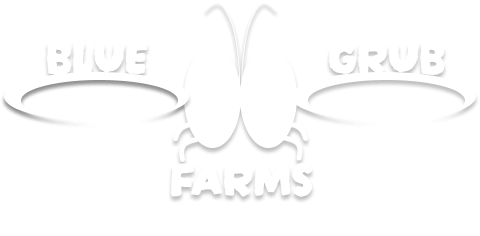Research on Black Soldier Fly Larvae (BSFL) and Plastic Degradation
Recent research has explored the potential of Black Soldier Fly Larvae (BSFL), Hermetia illucens, in the context of plastic degradation. These larvae are known for their ability to efficiently convert various organic wastes into biomass, and studies are investigating whether this capability extends to plastics.
A key area of investigation is the BSFL gut microbiome. A study published in the Journal of Applied Microbiology by Dragone et al. (2025) examined BSFL fed a diet containing microplastics (polyethylene terephthalate, polylactic acid, and polyhydroxybutyrate). Their findings suggest that the larvae can act as "bioincubators" for plastic-degrading bacteria. The researchers found that a significant portion of the BSFL gut microbiome consisted of bacterial genera previously identified with plastic degradation capabilities. They successfully isolated seven bacterial strains from these plastic-fed BSFL and confirmed their ability to degrade polyhydroxybutyrate in vitro. This research provides a proof-of-concept for using BSFL to cultivate and isolate bacteria that can break down plastics [1].
Other studies have also highlighted the role of the BSFL gut microbiome in plastic degradation. For instance, De Filippis et al. (2023) found that plastics can shape the gut microbiome of BSFL, selecting for functions related to biodegradation. Their work, along with research by Piersanti et al. (2024), demonstrated structural alterations in plastics like polyethylene (PE), polyvinyl chloride (PVC), and polystyrene (PS) after passing through the digestive tracts of BSFL. This suggests that while the larvae themselves may not directly digest the plastics, their gut microbes play a crucial role in the degradation process [1].
Research also delves into the ingestion and excretion dynamics of microplastics by BSFL. Lievens et al. (2023) investigated this aspect, correlating it with the larvae's mouth opening size. While BSFL are known to ingest plastics encountered in their feed, the extent to which they break down these materials and the impact on their physiology are still active areas of research. Some studies indicate potential negative effects on larval or adult fly fitness when exposed to plastics, while others report no significant impacts [1].
The broader context of this research involves finding sustainable solutions for plastic pollution. Biological degradation methods, particularly those involving microorganisms, are considered promising alternatives to conventional industrial methods due to their potential cost-effectiveness and environmental friendliness. However, scaling these biological methods for industrial application remains a challenge. Identifying and characterizing efficient plastic-degrading microbes and understanding their mechanisms are critical steps in overcoming this hurdle [1].
In summary, current research indicates that BSFL, primarily through their gut microbiome, show potential in the degradation of certain plastics. Studies are focused on identifying specific plastic-degrading bacteria within the BSFL gut, understanding the mechanisms of degradation, and assessing the overall efficiency and feasibility of using BSFL in plastic waste management. While promising, the field is still developing, and further research is needed to translate these findings into practical, large-scale applications.
References
[1] Dragone, N. B., van Hamelsveld, S., Nazmi, A. R., Stott, M., Hatley, G. A., Moloney, K., Bohm, K., Gutierrez-Gines, M. J., & Weaver, L. (2025). Examining the potential of plastic-fed black soldier fly larvae (Hermetia illucens) as “bioincubators” of plastic-degrading bacteria. Journal of Applied Microbiology, 136(4), lxaf085. https://doi.org/10.1093/jambio/lxaf085 (Accessed: May 15, 2025).
